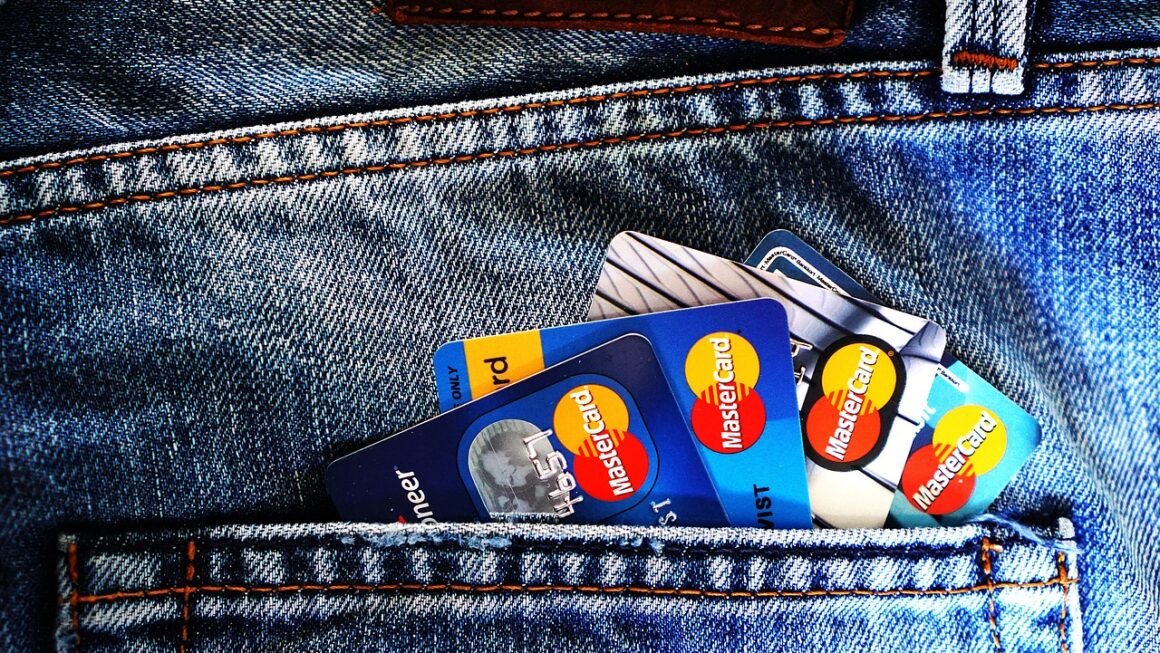An unexpected job loss, a sudden medical bill, or a major car repair – life is full of surprises, and not all of them are pleasant. Without a financial safety net, these unforeseen events can quickly turn into major financial crises. That’s where an emergency fund comes in. It’s your financial first aid kit, ready to cushion the blow when life throws you a curveball. This blog post will guide you through understanding, building, and maintaining a robust emergency fund.
What is an Emergency Fund?
Definition and Purpose
An emergency fund is a dedicated savings account specifically designed to cover unexpected expenses. It’s not for vacations, shopping sprees, or investing opportunities. Its sole purpose is to provide a financial buffer during challenging times.
- Provides financial security during job loss.
- Covers unexpected medical expenses.
- Pays for urgent home or car repairs.
- Prevents reliance on high-interest debt like credit cards.
- Reduces financial stress and anxiety.
Why is an Emergency Fund Important?
Consider this: According to a recent study, many Americans are living paycheck to paycheck, making them extremely vulnerable to financial shocks. An emergency fund acts as a shield, preventing you from going into debt or depleting your long-term savings when an unexpected expense arises. It offers peace of mind, knowing you’re prepared for whatever life throws your way.
- Financial stability: Prevents you from derailing your financial goals.
- Debt avoidance: Reduces the need to rely on high-interest credit.
- Peace of mind: Alleviates stress related to unexpected expenses.
- Opportunity: Allows you to take advantage of opportunities without financial constraints (e.g., investing during a market downturn).
How Much Should You Save?
Determining Your Target Amount
The general rule of thumb is to save 3-6 months’ worth of living expenses. However, the ideal amount varies depending on your individual circumstances.
- Assess your monthly expenses: Calculate your essential monthly costs, including rent/mortgage, utilities, groceries, transportation, insurance, and debt payments.
- Evaluate your job security: If you work in a stable industry or have highly sought-after skills, you might need only 3 months’ worth of expenses. Conversely, if your job is less secure or you’re self-employed, aim for 6-12 months.
- Consider your health insurance coverage: A high-deductible health plan may warrant a larger emergency fund to cover potential out-of-pocket medical costs.
- Account for dependents: Families with children or elderly dependents may need a larger emergency fund to cover their needs.
- Example: Let’s say your monthly living expenses are $3,000. A 3-6 month emergency fund would range from $9,000 to $18,000.
Practical Tips for Calculating Your Needs
- Use a budgeting app or spreadsheet to track your spending accurately.
- Review your past spending habits to identify potential unexpected expenses.
- Consult with a financial advisor for personalized guidance.
Where to Keep Your Emergency Fund
Ideal Account Options
The best place for your emergency fund is a safe, liquid, and easily accessible account.
- High-Yield Savings Account (HYSA): Offers higher interest rates than traditional savings accounts, allowing your money to grow while remaining readily available.
- Money Market Account (MMA): Similar to a HYSA, but may offer check-writing privileges and slightly higher interest rates.
- Certificate of Deposit (CD) Ladder: While CDs are less liquid, a CD ladder – staggering the maturity dates – can provide access to funds while earning higher interest than savings accounts. This option isn’t strictly for emergency funds since you need to wait for maturity date, but can be part of a broader financial strategy.
Factors to Consider
- Liquidity: The ease with which you can access your funds when needed.
- Interest Rates: The return you earn on your savings.
- Security: FDIC insurance protects your deposits up to $250,000 per depositor, per insured bank.
- Accessibility: Ensure you can easily withdraw funds when an emergency arises, either online, in person, or via ATM.
Building Your Emergency Fund
Strategies for Saving
Building an emergency fund takes time and discipline. Here are some effective strategies:
- Set a budget: Track your income and expenses to identify areas where you can cut back.
- Automate your savings: Set up automatic transfers from your checking account to your emergency fund each payday.
- Start small: Even small contributions add up over time. Aim for a manageable amount each month.
- Increase your income: Explore side hustles or freelancing opportunities to boost your savings.
- Use windfalls wisely: Put bonuses, tax refunds, or unexpected gifts directly into your emergency fund.
- The “Snowball” or “Avalanche” Method: Use extra income to pay off debt, freeing up cash flow for your emergency fund once debts are cleared.
Overcoming Challenges
- Debt: High-interest debt can hinder your savings efforts. Prioritize paying down debt before aggressively building your emergency fund, or balance the two.
- Low Income: Even with a low income, you can find ways to save by cutting expenses and seeking additional income sources.
- Lack of Motivation: Stay motivated by visualizing your financial goals and tracking your progress.
- Example: If you can save just $50 per week, you’ll accumulate $2,600 in a year.
Maintaining Your Emergency Fund
Replenishing After Use
It’s crucial to replenish your emergency fund after using it.
- Assess the situation: Determine the amount you need to replenish.
- Create a repayment plan: Develop a realistic plan to rebuild your savings.
- Adjust your budget: Temporarily cut back on non-essential expenses to accelerate the replenishment process.
- Prioritize saving: Make replenishing your emergency fund a top financial priority.
Avoiding Temptation
Resist the temptation to dip into your emergency fund for non-emergency expenses.
- Define “emergency”: Clearly define what constitutes a true emergency to avoid using the fund for wants rather than needs.
- Set clear boundaries: Make a conscious decision to only use the fund for its intended purpose.
- Visualize the consequences: Remind yourself of the potential financial hardship you could face without an emergency fund.
Conclusion
An emergency fund is more than just a savings account; it’s a cornerstone of financial security. By understanding its purpose, determining the right amount for your needs, choosing the right account, and consistently building and maintaining it, you can protect yourself from unexpected financial shocks and achieve greater peace of mind. Start building your financial safety net today and take control of your financial future.



